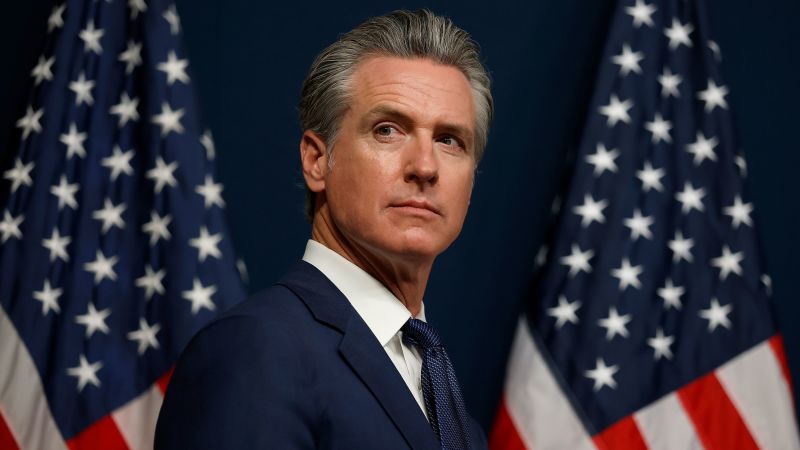By Alice Li
Copyright scmp

As next month’s fourth plenary session of the Communist Party’s Central Committee approaches, global attention is turning to China’s next five-year plan, which will be discussed at the gathering and will offer insights into how Beijing plans to navigate uncertainties amid rising tensions with the US.
China has used five-year plans – a strategy and time frame similar to that of the former Soviet Union – in the more than seven decades since the establishment of the People’s Republic. In that time, it has lifted itself out of extreme poverty, emerged as a technological powerhouse and grown into the world’s second-largest economy.
In this explainer, the Post outlines what China’s five-year plan is, its key benchmarks and why Beijing continues to value it as a foundational economic document.
What is China’s five-year plan?
The five-year plan is China’s top-level road map that guides social and economic development over a five-year period.
It sets out both quantitative development goals across different sectors as well as strategic priorities such as important areas or industries to develop.
China adopted the model from the Soviet Union, whose first two plans sparked a wave of industrialisation that Chinese leaders sought to emulate as they rebuilt the nation after decades of war.
Beijing has released such a plan every five years since 1953, apart from a hiatus from 1963 to 1965 following the failure of the Great Leap Forward.
The next one, covering the years from 2026 to 2030, will be the 15th.
What are the benchmarks?
The plan typically outlines targets for key economic indicators, such as gross domestic product growth, income levels and the rate of urbanisation, alongside strategic development directions that are adjusted in response to socio-economic conditions.
When China had a planned economy in which the state allocated all resources, the five-year plans set very detailed quantitative targets for nearly every sector, such as coal production, electricity generation, and the number of cars to be manufactured.
But since the early 2000s, rather than setting detailed production targets across sectors, Beijing has gradually shifted the focus of its five-year plans towards outlining broader development objectives.
In the 14th five-year plan, which is ending this year, Beijing set targets spanning economic growth, social welfare, environmental protection and national security, with a clear emphasis on strengthening innovation capabilities and achieving self-reliance amid fierce technological rivalry with the United States.
It also set a long-term target of “basically achieving socialist modernisation” by 2035, including significant gains in GDP, technological innovation, per capita income, the size of the middle-income group and the improvement of rural living conditions.
Is the five-year plan unique to China?
China is not the only country to implement interim plans for macroeconomic development. Numerous nations, including the former Soviet Union – which launched its first five-year plan in 1928 – have employed similar strategies.
The Soviet Union ultimately released 13 plans, maintaining the framework until its dissolution in 1991.
Several other communist countries, including Cuba and Vietnam, have also adopted the practice. In North Korea, they have varied in length – lasting five, seven or 10 years.
Some non-communist countries – such as South Korea, India and France – have also implemented similar periodised plans.
Why has China kept the five-year plan after the planned economy era?
Although China has transitioned from a highly centralised command economy to a model that integrates both government and market forces, the central government continues to view the five-year plan as crucial, emphasising its role in ensuring policy consistency.
“Using medium- and long-term planning to guide economic and social development is a key approach for our party in governing the country,” President Xi Jinping said at a symposium on the drafting of the 15th five-year plan in April, calling it a “unique political advantage” for China – the only country to have released such plans for more than 70 years.
In China’s socialist market economy, the five-year plan enables the government to guide the country’s development, according to Yang Weimin, former deputy head of the Office of the Central Leading Group for Financial and Economic Affairs.
“While the government cannot directly control resource allocation, it can strengthen infrastructure, promote industrial development, build airports and rural roads through planning,” he told a newspaper affiliated with the National Development and Reform Commission in March.
What do we know so far about the 15th five-year plan?
Set to be officially unveiled next March, Beijing has entered the planning cycle for the 15th five-year plan, with top officials convening symposia to seek input and economists offering suggestions.
As the 2035 socialist modernisation goal draws ever nearer, the central government has stressed that the next five years are expected to bring it closer to realisation.
At the symposium in April, Xi said the next five-year plan should stabilise employment, the business environment and market expectations. He also emphasised prioritising the development of new productive forces and strengthening original innovation capabilities.



